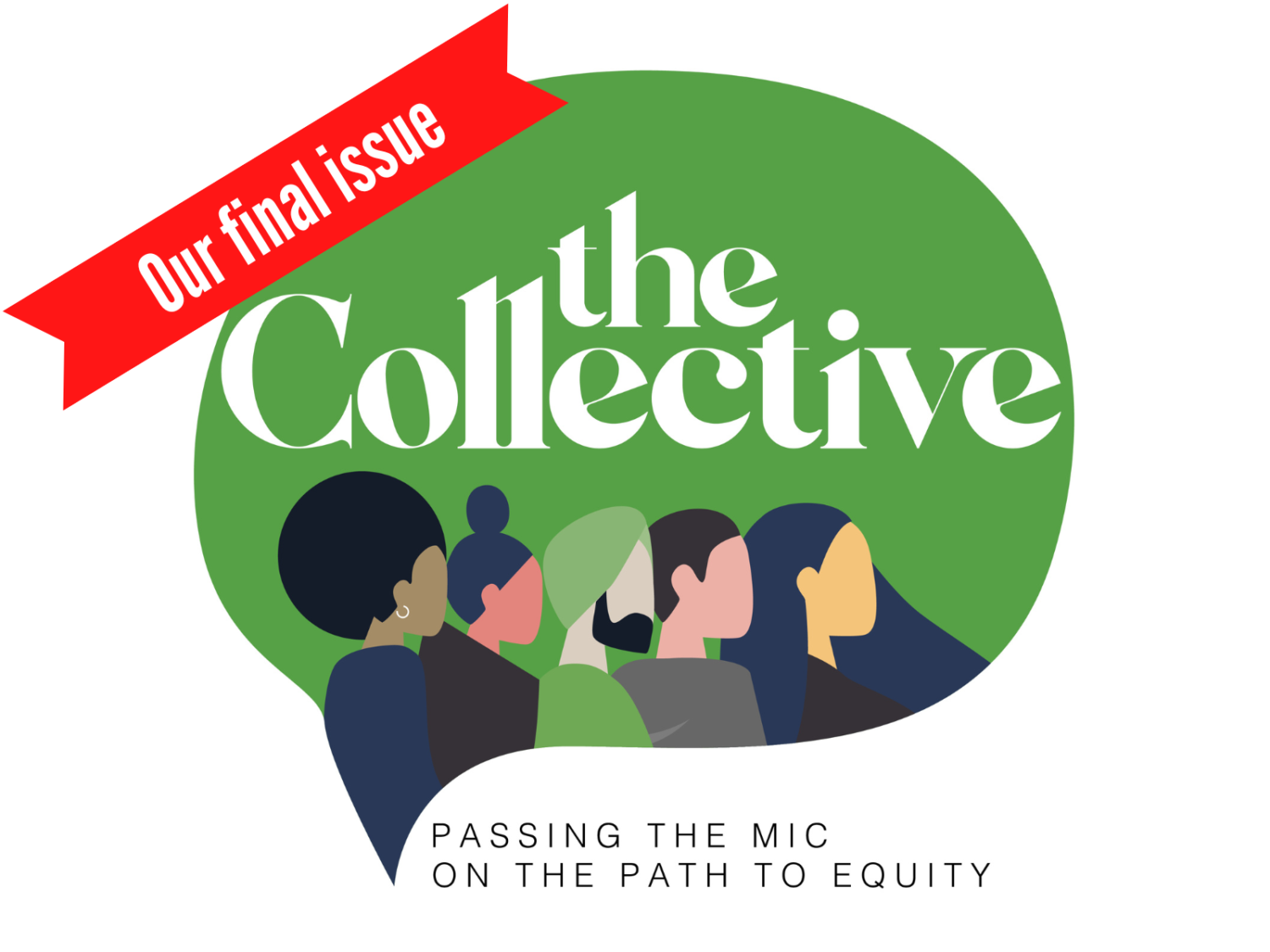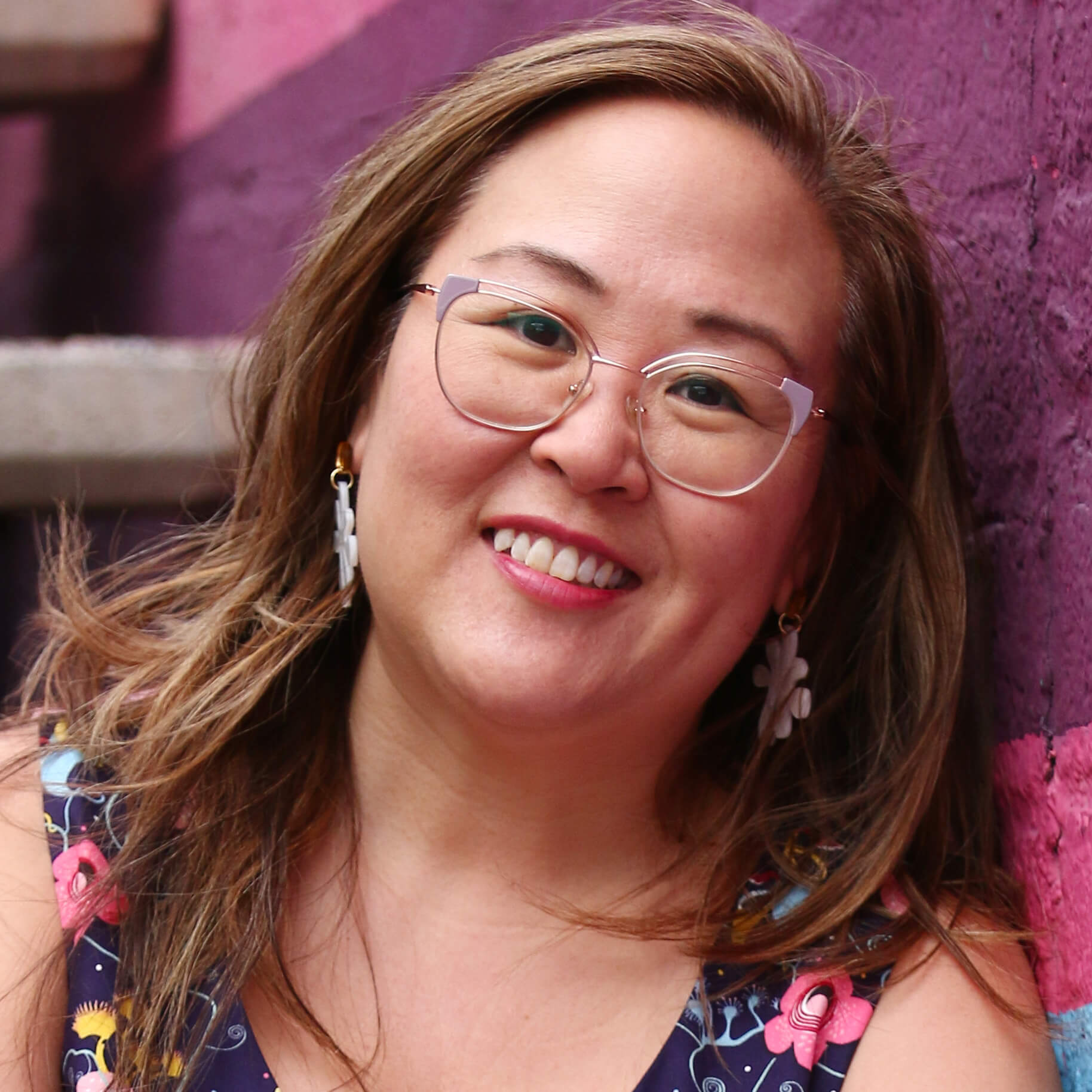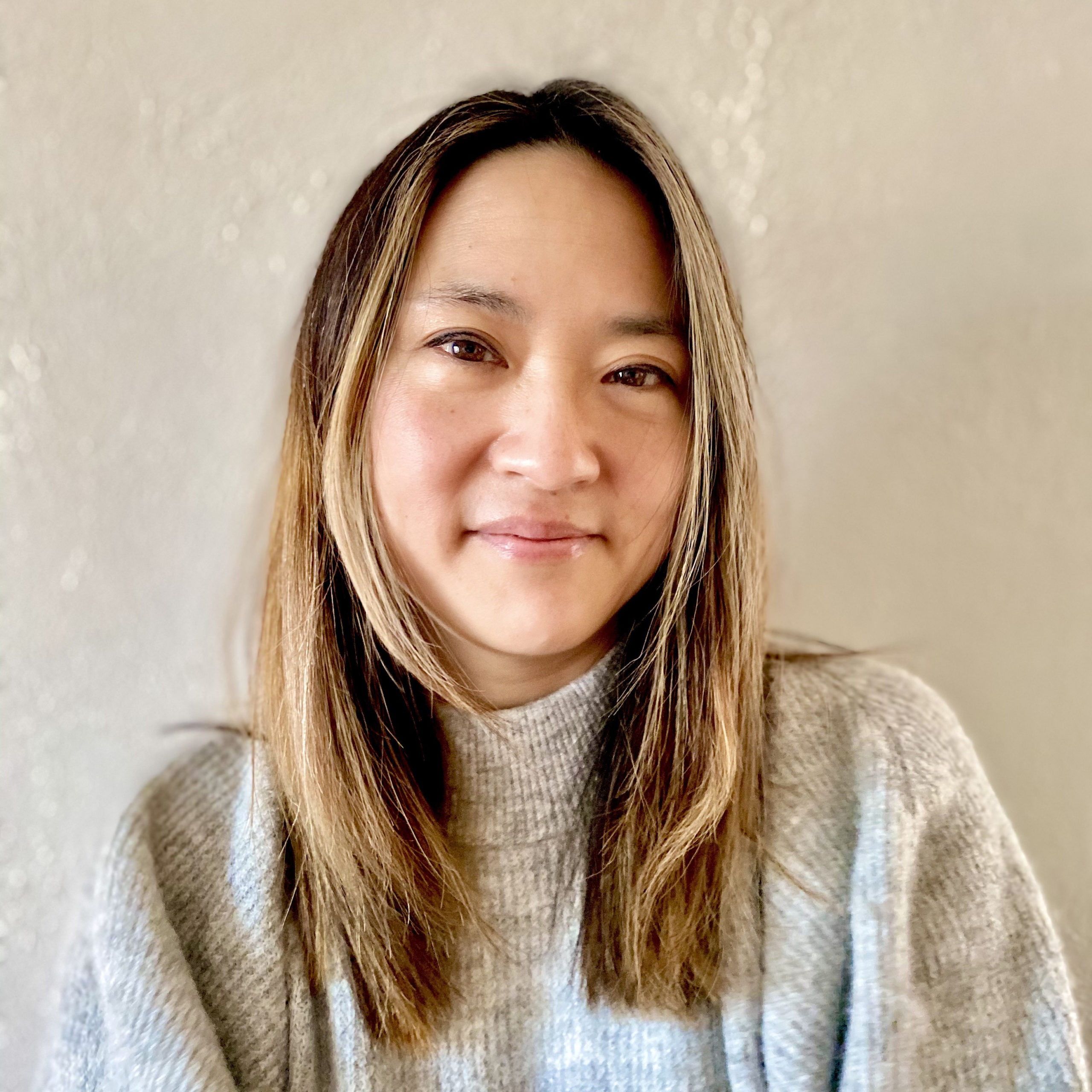Below is an excerpt from The Collective, Poynter’s newsletter by journalists of color for journalists of color and our allies.
A note from The Collective editors:
The Collective launched in 2021 thanks in part to support from the TEGNA Foundation. This became a space to amplify the voices of journalists of color and elevate our issues not only with each other but to inform our allies.
We have featured more than two dozen journalists’ voices in the past two years, with work experience spanning from journalism student to retiree. Our Council of Truth-Tellers offered advice about how to coach white managers to offer support, on whether journalists can be activists and regarding whose responsibility it is to carry out DEI goals.
As we reimagine Poynter’s publication strategy for 2023, we are winding down The Collective. The complete archive of columns is here, previously subscriber-only features are available here. Our advice archive is here.
Poynter is committed to continuing to elevate BIPOC voices. Please send pitches to diversity@poynter.org.
Subscribe to Open Tabs to be sure you don’t miss any of the week’s best stories from Poynter.org, and stay informed about opportunities for professional development with Poynter’s Weekly Training Digest. You can find all Poynter newsletters here.
Read on for parting thoughts from each of The Collective’s editors.
Remember we are not only journalists
In the diversity, equity and inclusion trainings I lead as a Poynter adjunct, we talk about our identities.
We talk about how it affects us, and how it affects our perception of others.
In looking back at the incredible journalists of color we featured in this year’s newsletter, what stands out to me is how important it is to not identify journalists by their job titles.
A journalist is a playwright. A journalist is a stand-up comedian. A journalist is a gamer.
A person can have a powerful vision for journalism without working in a newsroom — see: solidarity journalism.
I also learned that as JOCs, we have to be mindful of the experiences we carry and the ones we encounter daily.
How do we process our own trauma when we’re covering traumatic events?
How do we rise above in an entrenched system that often centers white, male, able-bodied perspectives?
How do we ensure psychological safety in the workplace for ourselves and others, and how do we know when it’s too harmful to stay?
Everything that we are and feel is part of our identity.
We are strong, we are hurting; we are Pulitzer Prize winners, we are looked over.
Not enough newsrooms know how to recognize and hold space for all these aspects of our humanity. We are too quick to judge; too quick to silo.
That’s what made The Collective special: It was that space.
I hope it has inspired you to create something similar where you are. The 21st-century newsroom needs you.
— Kathy Lu
Take control of your future as storytellers
For the third year in a row (at least!), it feels like the world is still on fire and journalism industry leaders are struggling to douse those fires while charting the future of our business. As we close out the year, we’re stinging from more layoffs at news startups as well as major outlets. It feels like a precarious, even dangerous, time to be a journalist.
Like Kathy Lu, I’ve been thinking a lot about our agility as storytellers. Our view of the work we do and where it can reach audiences must expand beyond newsroom work.
In our trainings and fellowship programs we must remind young journalists constantly that their work has value beyond deadline; their skills do transfer to other media, industries and platforms. They are not told often enough by their peers and employers.
Speaking of platforms, we are at a moment where it feels like social media is starting to wind down, if not collapse. We’ve staked so much of our personal brands and outreach to audiences on Twitter, Facebook and other platforms, and we have to consider the possibility that they may be losing relevance. Where will we go next? Where will the eyeballs be?
My advice for journalists of color who follow The Collective is to be bold and consider sidestepping the existing ways we’ve done things entirely.
Don’t like the reporting tools and techniques you’ve been given? Build new ones. Feel like you have no outlet to accept your writing? Start your own. Feeling abused and neglected in your newsroom? Get the hell out of there.
There’s a whole community of creators and builders and dreamers in our journalism communities who will help you and support you. You just have to find us and reach out. Don’t give up. We need you.
— Omar L. Gallaga
Authentic voices enrich everyone’s understanding
Having the privilege to work with Poynter’s Power of Diverse Voices program — which pushes JOCs out of their comfort zones to tap into deeply personal stories that only we can tell for our communities — is part of what led to the creation of The Collective.
I coached participants in the past three cohorts of the program, including in November, and it reinforced the importance of encouraging people to write directly from experience. Sometimes that means the experiences won’t resonate with white, middle-class, English-language-only audiences. And that’s OK. In fact, that’s life. Not everything is intended to be for everybody.
I always imagined The Collective newsletter would provide a common ground for us to learn from each other — and, just as important, for our allies to be better informed by our experiences and struggles. I hope that the past two years of features, Q&As and advice have widened some people’s worldviews. And our contributors helped me recognize how universal many of our challenges are.
I’ve been inspired by the bravery of Leslie Rangel and her HUMAN method to help journalists cope with the stress of our jobs. I know how to better avoid “office housework” thanks to the wisdom of Alan Henry. I’m reminded of why fluency in languages besides English is a superpower by Natalia Contreras. And Lam Thuy Vo helps us figure out what our skills are worth.
The Collective has never been an individual’s creation. The concept was the brainchild of Samantha Ragland and me. The newsletter name was coined by Poynter alum Meta Viers. And the newsletter logo was designed by Susana Sanchez-Young. Omar Gallaga and Kathy Lu have been my co-conspirators for the past year, reviewing pitches and planning interviews.
Thank you for reading, for creating and for being part of the movement for equity and inclusion. We all deserve a sense of community and belonging.
— Doris Truong
The Collective is supported by the TEGNA Foundation.








